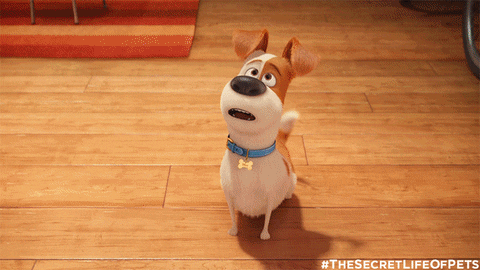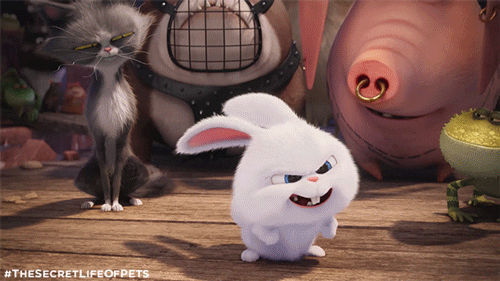John Mohl
Dalia Savy
AP Psychology 🧠
334 resourcesSee Units
From the College Board
👀 Developing Understanding of this Unit
According to the College Board, "Some psychologists focus their study on how humans and other animals learn 📚 and how some experiences can lead to changes in behavior and mental processes. Because the process of learning requires both physiological and psychological processes to work together 🧠, the two preceding units provide the foundation for this unit.
Many psychologists who study learning focus on observable behaviors 👀 and how those behaviors can be changed or reinforced. Other learning psychologists study how the individual's observations of other peoples' behaviors influence changes in that individual’s mental processes and resulting behaviors."
🔎 Guiding Questions
- How do we learn?
- How do our experiences influence our behaviors and mental processes?
Introduction
While learning is often associated with memory, it refers to the learning or the acquisition of behaviors in the AP psychology curriculum. Generally, the unit includes three different types of learning: classical conditioning, operant conditioning, and observational learning.
- Classical conditioning involves the acquisition of reflexive behaviors that are in response to an environmental stimulus.
- Operant conditioning focuses on voluntary or largely controllable behaviors followed by an environmental response, which usually involves providing something or taking away something that changes the chance of the behavior happening again.
- Observational learning refers to behaviors that are learned through modeling someone else's (or something's) behavior.
About 7-9% of the exam is on this unit!
Key Facts
🤓 Psychologists to Know
Albert Bandura
Psychologist known for his Bobo doll experiment 🤡 In this study, children watched a film of an adult beating on an inflatable Bobo doll. Later on, when put into a room containing various toys, including the Bobo doll, children were more likely to model or imitate the aggressive behaviors they earlier observed than a control group of children who did not view the film.
Ivan Pavlov
Russian scientist known for his work with the reflexive responses of dogs 🐕 His research laid the groundwork for classical conditioning.

Gif Courtesy of Giphy.
Rescorla's research focused on the contingency model of conditioning, which showed that not all stimulus-response pairings result in conditioning. They are mainly dependent upon the cognitive interpretation as to whether the pairing is logical.
For example, if a researcher tries to condition a person to salivate to the sound of the tone 🎶, but the participant believes that it was a piece of clothing 👕 the experimenter was wearing that produced the response, the participant may show conditioning to the shirt 👕and not the tone 🎶.
Edward Lee Thorndike
Thorndike is known for the Law of Effect, which suggests that behavior with favorable consequence will be strengthened, while behavior followed by an unfavorable consequence will be weakened. His theory laid the groundwork for BF Skinner's future contributions to our understanding of operant conditioning.
Edward Tolman
Tolman is known for latent learning. His work with rat mazes 🐀 revealed that rats were learning how to go through the maze even though it was not immediately apparent. When rats went through numerous trials through the maze without reward for finishing the maze, they did not demonstrate any improvement in time.
However, when they received the reward, the following trial showed a marked decrease in time, indicating that they had a mental representation or cognitive map of the maze. These results suggest that cognitive processes were present despite the stark behaviorist claim that thoughts were unobservable 👀.
John B Watson
Watson was an early 20th-century behaviorist who proved that fear responses could be learned. Watson worked on conditioning a young infant, known as Little Albert, to fear a rat. Watson also demonstrated stimulus generalization with Albert, who not only presented fear of the rat but all furry things.

Gif Courtesy of Giphy.
John Garcia
Garcia showed that there are biological constraints to conditioning. For example, internal body processes such as nausea 🤢are more readily conditioned to stimuli experienced internally, such as taste, which happens in the body, specifically in the mouth.
External bodily experiences, such as the sense of pain, are more readily conditioned with external stimuli, such as a tone or light, which manifest outside the body. This conditioning is the Garcia Effect. One specific application of this effect is that humans are readily conditioned to the sense of taste since it is closely associated with our survival.
📝 Vocabulary
| Classical Conditioning | Operant Conditioning | Observational Learning | Unconditioned Stimulus |
| Conditioned Stimulus | Unconditioned Response | Conditioned Response | Neutral Stimulus |
| Extinction | Spontaneous Recovery | Stimulus Generalization | Stimulus Discrimination |
| Law of Effect | Reinforcement | Punishment | Insight Learning |
| Cognitive Map | Latent Learning | Fixed Ratio | Variable Ratio |
| Fixed Interval | Variable Interval | Model | Acquisition |
Browse Study Guides By Unit
🔎Unit 1 – Scientific Foundations of Psychology
🧠Unit 2 – Biological Basis of Behavior
👀Unit 3 – Sensation & Perception
📚Unit 4 – Learning
🤔Unit 5 – Cognitive Psychology
👶🏽Unit 6 – Developmental Psychology
🤪Unit 7 – Motivation, Emotion, & Personality
🛋Unit 8 – Clinical Psychology
👫Unit 9 – Social Psychology
🗓️Previous Exam Prep
📚Study Tools
🤔Exam Skills

Fiveable
Resources
© 2025 Fiveable Inc. All rights reserved.